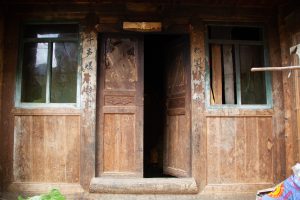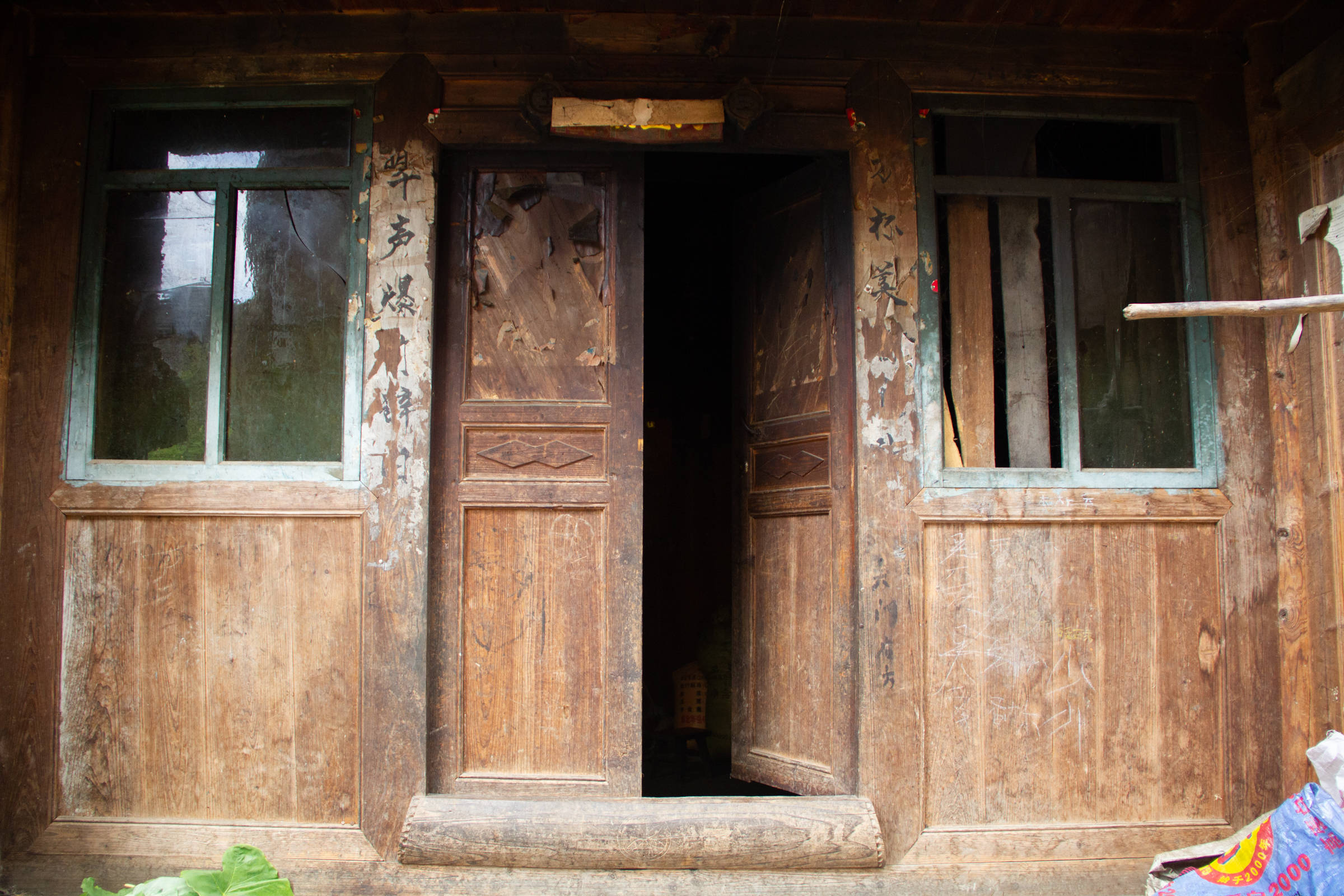
The first mitzva presented here is to free the Hebrew servant after six years.
If he doesn’t want to be freed, his ear is pierced with an awl, and he remains a servant until the Yovel (fiftieth) year. The Torah mentions that he is brought to the door or mezuzah (the doorframe). What was special about the door or the doorframe? When Hashem saved the Jews from Mitzraim, He passed by the doors. The blood of the Pesach lamb was on the Jews’ doors, and Hashem passed by without striking those inside. The door and the doorframe testify that Hashem passed by and said “‘They are My servants’ (1) — and not servants to servants!” Yet, this one has gone and acquired for himself a master (2) — let his ear be pierced in front of them (the door and doorposts)! (3)
We have a mitzva of ‘mezuzah’ — to write certain parshios (the two paragraphs of the Shema) on parchment and affix the parchment to the doorpost. However, this mitzva has not yet been commanded at this point. Nonetheless, the Kli Yakar and the Sifse Chachomim Hechadash do connect the doorpost mentioned here with the mitzva of ‘mezuzah’. In the mezuzah it states that we must love Hashem more than anything. Yet, this servant says, “I love my master, my wife and children,” (4) and refuses to go free. His behavior is a disgrace to the parchment inside the ‘mezuzah’.
At the end of parshas Bo, the Ramban writes that we are commanded to write the signs and wonders which we experienced into the ‘mezuzah’. Rav Chavel explains this to refer to the concepts of reward and punishment discussed in the second part of Shema. (5) Yet, the Ramban there writes that one who observes the mitzva of ‘mezuzah’ acknowledges creation, hashgacha pratis and yetzias Mitzraim. Where is yetzias Mitzraim mentioned in the mezuzah?
The Shema ackowledges Hashem as our G-d and the one and only power. It is connected to the first of the Ten Commandments, where Hashem defined Himself as the one who took us out of Mitzraim. The Names of Hashem (inside the mezuzah) in themselves remind us of yetzias Mitzraim.
Actually, the Zohar says that, in Mitzraim, the Name of Hashem was written on the doorpost! Rav Yehoshua Leib Diskin explained that they wrote the name of Hashem with the blood of the Pesach lamb. Rebbenu Bachya held that the shape of the doorframe contains the shapes of the letters of Hashem’s name. When they put the blood on the doorframe, they were inking in the Name. Our ‘mezuzos’, which have the names of Hashem, are similar to the blood on the doorpost.
The doorposts themselves testify to yetzias Mizraim, and we put the Names of Hashem on the doorframe to remind ourselves of Hashem’s direct, personal care. This is the protection of the mezuzah: to remember that Hashem is constantly with us.
1. Vayikra 25:45.
2. He could have gone free at this point.
3. Rashi, in the name of Rebbi Shimon (Shmos, 21:6)
4. Shmos 21:5.
5. Miluim to Parshas Bo.


